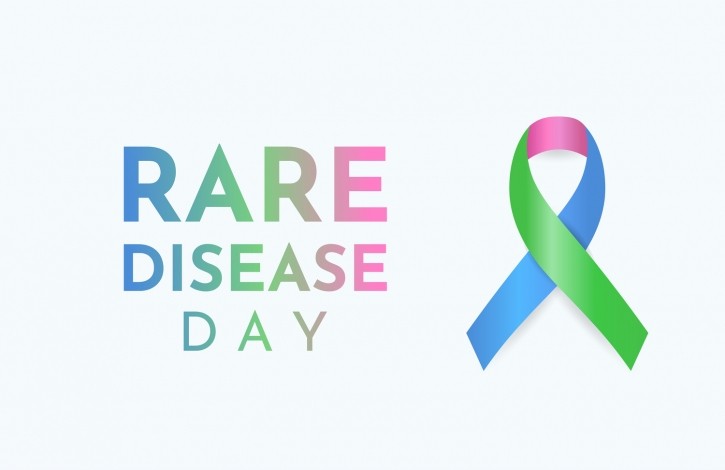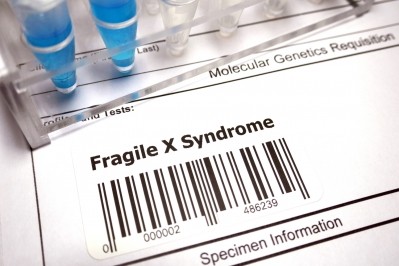At risk patients with rare diseases need a higher level of support - and the process must change

It was created by The European Organization for Rare Diseases (EURORDIS) to bring together industry stakeholders to advocate for increased access to medical treatment for patients, caregivers and their families. In advance of the day, OSP spoke to president and CEO Scott Gray, of Clincierge, a patient logistics management company about treatments, collaborations and the changes needed to improve the process.
OSP: Developing treatments for rare diseases is often slow, expensive, and carries a lot of risk. Many in the industry talk about the change needed to improve the process. What is wrong with the current process?
SG: Rare disease equates to smaller patient populations. Often, those suffering from a rare disease are in geographic clusters or located around the world, leading to the need for global logistical support for the patient, caregivers, and, at times, entire families. The genetic component of rare diseases means several people within a family unit can be affected, requiring a concierge level of support to enroll and stay in a trial. Rare disease trial design should first focus on the needs of the individual participants, including their families and caregivers.
Rare diseases are often chronic or degenerative in nature, with few or no treatment options. These at-risk patients need a higher level of support, as many suffer from cognition and mobility issues. Patient concierge services provide the one-on-one support rare disease patients need to enroll, stay engaged, and complete a clinical trial.
Patient concierge support also results in more complete data collection for the study sponsor, as patients can continue their care and complete their trial when emotional, logistical, and financial burdens are removed. Better data collection leads to faster-to-market products and lower costs related to the trial. Ultimately, these factors result in new, effective treatments reaching vulnerable populations more quickly.
OSP: At what stage is rare disease treatment development and the infrastructure built to support ongoing science as it stands now?
SG: There are currently more than 7,000 diagnosed rare diseases globally, with more being discovered. Additional diagnoses are coming for many patients who have been struggling for a definitive answer from medical professionals and desperately need a treatment option. Rare disease clinical trials are increasing in number each year as researchers work to learn more about these disorders. The industry is beginning to recognize the higher level of support required for these patients and those who care for them.
OSP: How can diagnosis, management, and treatment of rare diseases and the promotion of highly collaborative, multi-site, patient-centric, translational, and clinical research be advanced?
SG: Many stakeholders are involved in the clinical trial process, including researchers, study sponsors, CROs, medical staff, clinical site staff, patients, and caregivers. Clear and consistent communication between all collaborators is imperative to keep the trial running smoothly and on track. The patient and caregiver must be informed of expectations and upcoming study visits to remain engaged and reach trial completion. A patient concierge can be a single point of contact to assist the patient and caregiver in navigating the clinical trial process while functioning as an advocate and liaison between study stakeholders.
OSP: How has The National Institutes of Health (NIH)-supported the Rare Diseases Clinical Research Network (RDCRN), and are you involved with this?
SG: Through the RDCRN, the NIH provides support to advance treatment options in the rare disease space. Immediate process changes by trial stakeholders to adapt to new industry guidelines should not be anticipated. However, through a commitment to continued collaboration and improved communication, adjustments can be made to revolutionize the clinical trial industry.
We are not directly involved with this NIH initiative but continuously seek new collaborative opportunities and additional service offerings for our rare disease patients. Our services seem to be a natural fit with the RDCRN initiative, as they ease access to and diversity within trials by removing the many perceived and actual burdens of study. It would be wonderful to collaborate with the NIH on strategies and solutions in the future.
OSP: The RDCRN says it intends to build upon and enhance successful approaches within the network while identifying innovative methods to fill gaps and address needs in the approach to the rare disease treatment development process through innovation, collaboration, and clinical trial readiness. How confident are you that this can be achieved?
SG: With collaboration and improved stakeholder communication, gaps can be identified and filled moving forward. The needs of the rare disease patient and caregiver can be understood and addressed. Our Voice of the Patient survey asked patients and caregivers for input on their clinical trial experience and what could have been done to make the process more patient-centric. Being proactive is essential in supporting rare disease trial participants, and study protocols should reflect this approach moving forward. If the industry understands the needs of this patient population and makes a concerted effort to improve the trial experience, overall study improvement will be achieved.
























